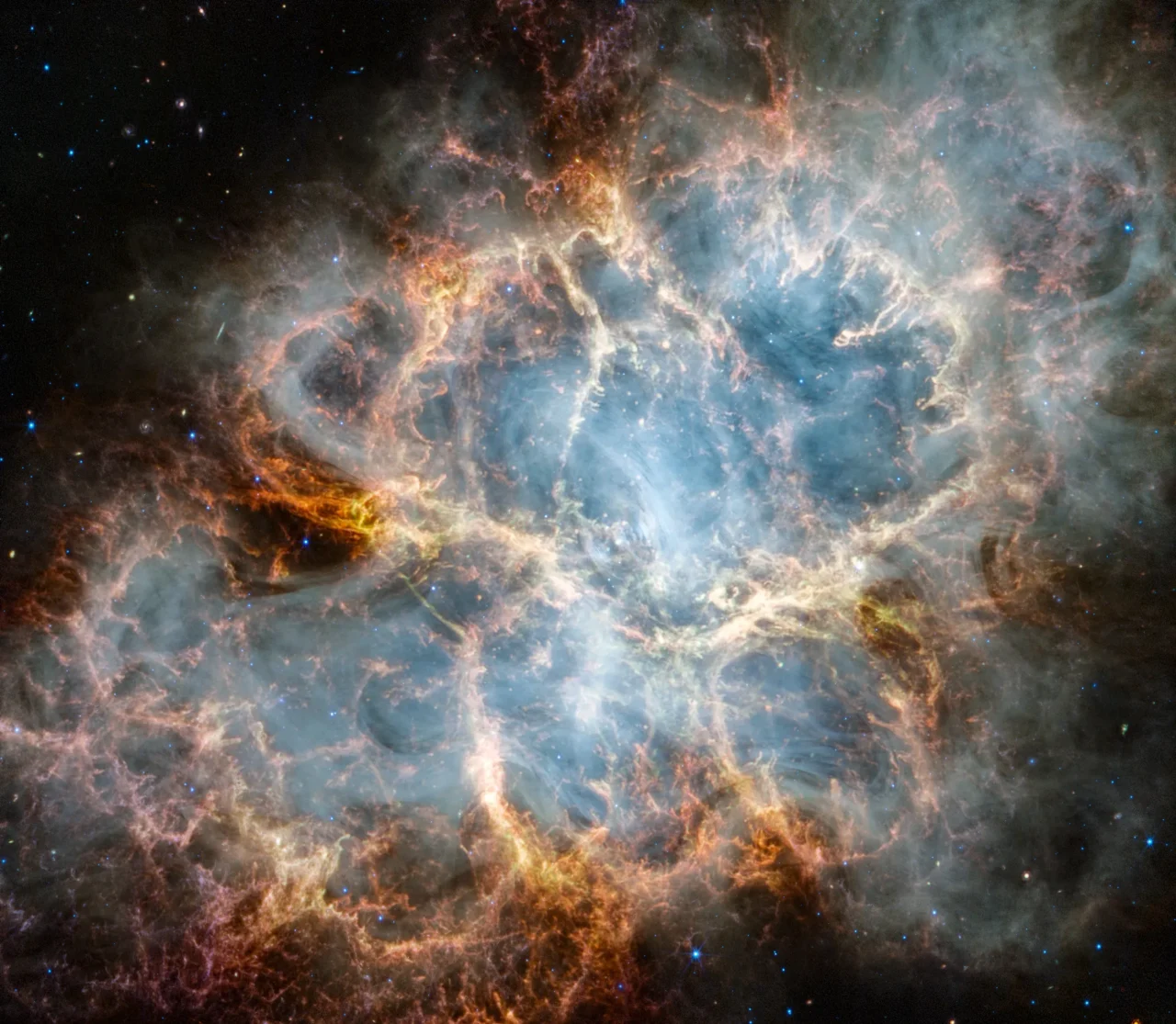In a groundbreaking discovery, NASA‘s James Webb Space Telescope has identified ethanol, among other icy components, in the vast expanse of space. This find marks a significant leap in our understanding of the cosmic environment and its potential for harboring life. The Webb Telescope, renowned for peering into the universe’s most ancient galaxies, has now added a fascinating chapter to its mission by uncovering these icy molecular ingredients.
Key Highlights:
- Ethanol and other icy compounds discovered in space by NASA’s Webb Telescope.
- The findings could have implications for understanding the origins of life.
- Webb Telescope continues to expand our knowledge of the universe.

The James Webb Space Telescope (JWST), launched with the aim of exploring the universe’s earliest galaxies, has been instrumental in uncovering a multitude of cosmic phenomena. From the formation of stars to the identification of planets outside our solar system, JWST’s contributions have been pivotal. The discovery of ethanol and icy molecules adds to the telescope’s legacy, suggesting that the ingredients for life as we know it could be more common in the universe than previously thought.
The Significance of Ethanol in Space
The presence of ethanol and other icy components in space is intriguing for scientists, as it could point to the molecular complexity existing beyond Earth. Ethanol, a simple alcohol, is a fundamental component in the chemical reactions that lead to the formation of more complex organic molecules. Its detection in space reinforces the theory that the building blocks of life might be widespread across the cosmos.
The Webb Telescope’s Role in Cosmic Discoveries
The James Webb Space Telescope, a collaborative effort led by NASA along with the European Space Agency (ESA) and the Canadian Space Agency (CSA), represents the next frontier in space exploration. Its mission extends beyond capturing stunning images of the cosmos; it aims to unravel the mysteries of our origins and the universe’s evolution. The recent discovery of icy molecules, including ethanol, showcases the telescope’s unparalleled ability to detect and analyze chemical signatures in space, offering clues about the potential for life beyond Earth.
Looking Ahead: Implications and Future Research
The discovery of ethanol and other icy ingredients in space by the James Webb Space Telescope opens new avenues for research into the conditions necessary for life. Scientists are keen to explore how these molecules interact in the cosmic environment and their role in the potential development of life on other planets. As the Webb Telescope continues its journey through the cosmos, its findings will undoubtedly deepen our understanding of the universe and our place within it.
The Webb Space Telescope, a joint project between NASA, the European Space Agency (ESA), and the Canadian Space Agency (CSA), launched on December 25, 2021. It operates from a point in space known as the second Lagrange point, or L2, which is about 1.5 million kilometers (or approximately 1 million miles) away from Earth. The telescope is designed to study every phase in the history of our Universe, extending the discoveries made by the Hubble Space Telescope with its unprecedented sensitivity and ability to observe the universe in infrared.

























Add Comment